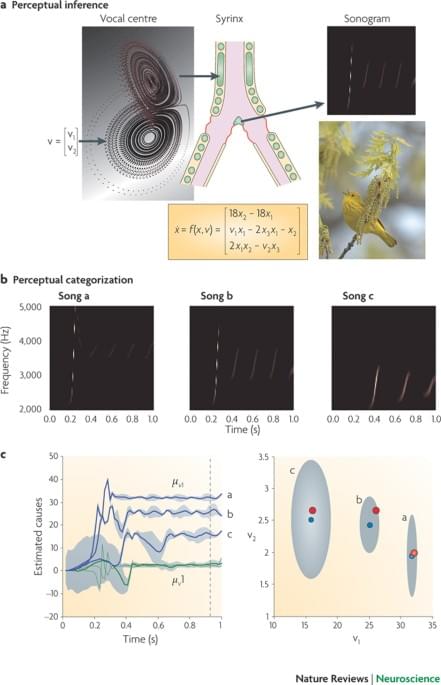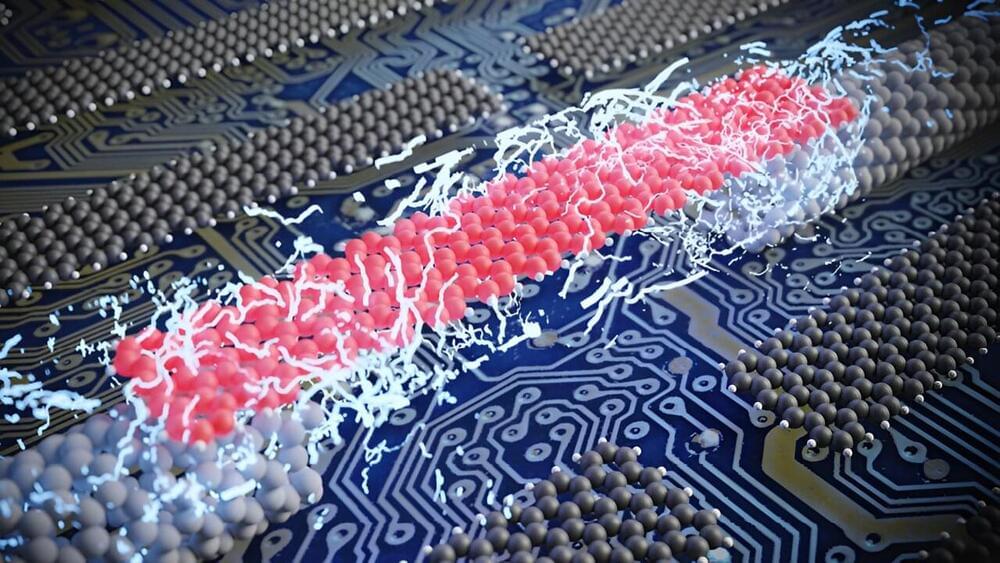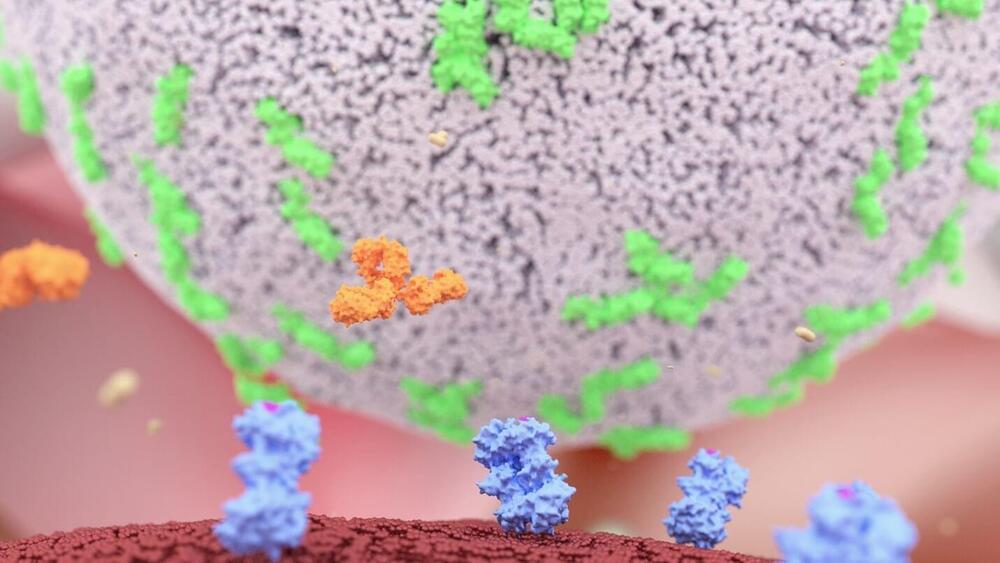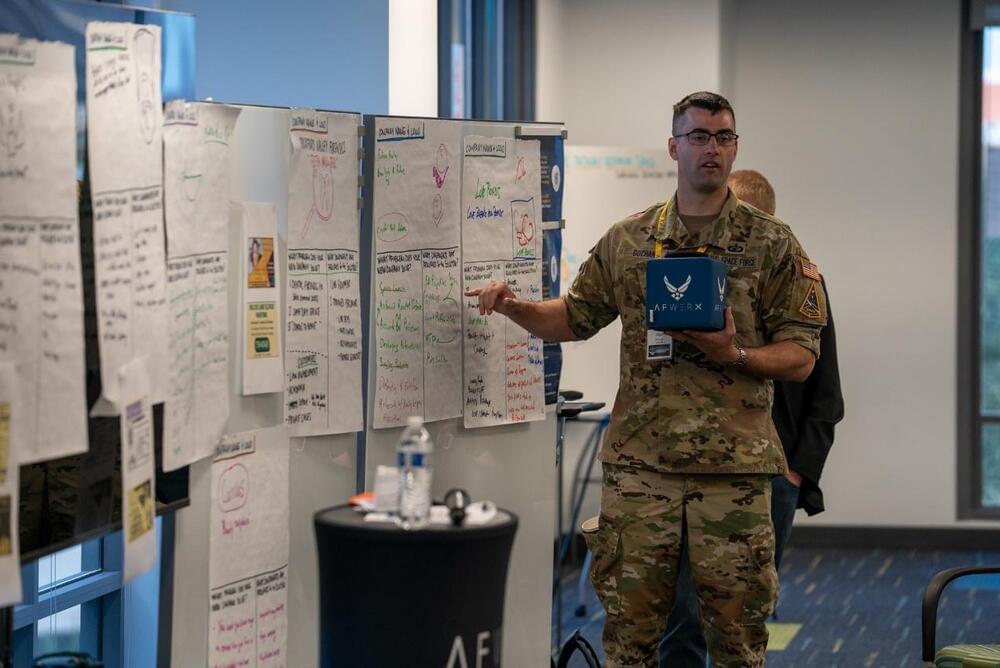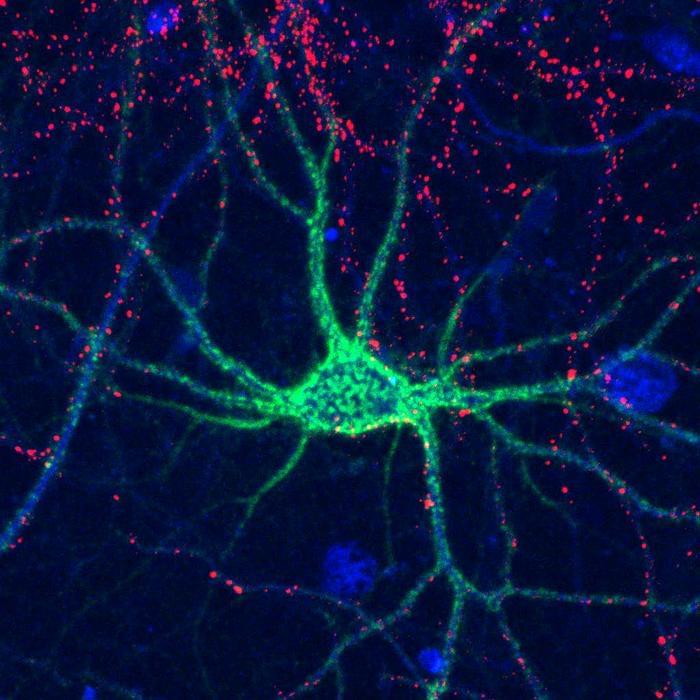Autistic individuals will soon be able to practice and improve their social skills through realistic conversations with avatars powered by generative AI technology.
Autism is a developmental disorder that affects how people interact and communicate, often hindering diagnosed individuals in social situations. In many cases, autistic individuals struggle to initiate conversations, respond to the initiations and non-verbal cues of others, maintain eye contact, and take on another person’s perspective.
The web-based Skill Coach application developed by Israeli startup Arrows lets users engage in conversations in a variety of scenarios – from chatting with a stranger in a café to making small talk with a work colleague.

